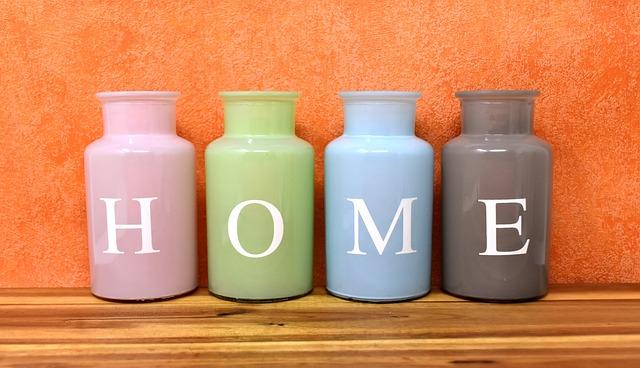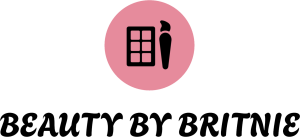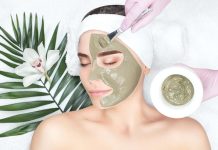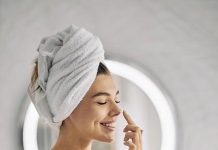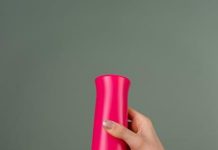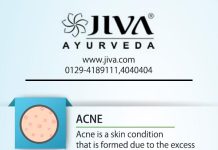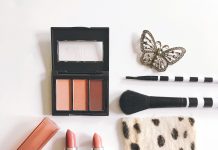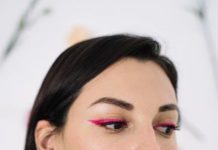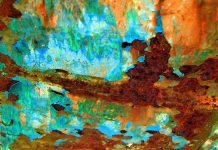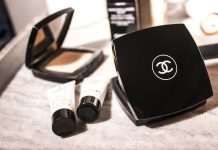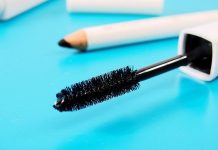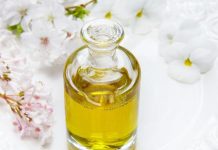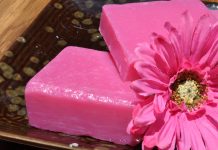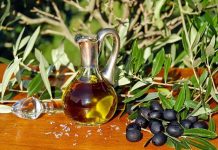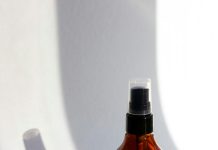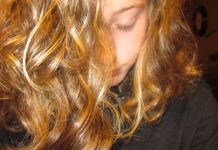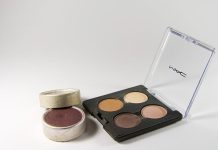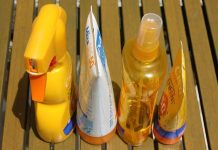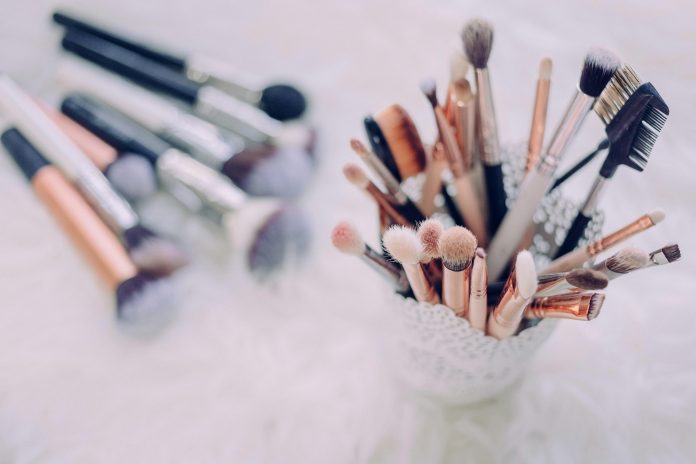In the age of social media and viral trends, DIY beauty hacks have become a staple in our self-care routines. From avocado face masks to coffee scrubs, these homemade remedies promise glowing skin without the hefty price tag. But as we delve into our kitchen cabinets for the next beauty fix, a question arises: Are these DIY solutions truly beneficial, or could they be causing more harm than good? Join us as we explore the world of DIY beauty, separating fact from fiction, and uncovering what’s truly best for your skin.
Unmasking the Truth: The Science Behind DIY Beauty Hacks
The allure of DIY beauty hacks lies in their accessibility and the promise of natural, cost-effective solutions. However, the science behind these remedies often reveals a more complex picture. While ingredients like honey and aloe vera are generally safe and have been shown to offer moisturizing and soothing benefits, others can be more problematic. For instance, the acidity in lemon juice can disrupt the skin’s pH balance, leading to irritation or increased sensitivity to sunlight.
- Baking Soda: Often used as an exfoliant, it can strip away natural oils, leaving the skin dry.
- Coconut Oil: Although moisturizing, it can clog pores and exacerbate acne for some skin types.
- Apple Cider Vinegar: Used as a toner, its high acidity can cause burns or irritation if not diluted properly.
Understanding the scientific properties of these ingredients is crucial. While some DIY hacks can offer benefits, it’s essential to proceed with caution and tailor remedies to your specific skin type. Consulting with a dermatologist can help navigate these choices more safely.
Natural Ingredients: Friend or Foe to Your Skin?
In the realm of skincare, natural ingredients often evoke images of gentle, soothing remedies straight from nature’s bounty. However, the truth is more nuanced. While many natural ingredients like aloe vera, honey, and oatmeal can be beneficial, offering hydration and soothing properties, others can be surprisingly irritating or even damaging if used improperly.
- Essential Oils: While they can offer aromatherapeutic benefits, some essential oils are highly concentrated and can cause skin irritation or allergic reactions.
- Lemon Juice: Often touted for its brightening effects, it can disrupt the skin’s natural pH balance and cause sensitivity, especially when exposed to sunlight.
- Baking Soda: Known for its exfoliating properties, it can be too abrasive for the skin, leading to dryness and irritation.
Understanding the dual nature of natural ingredients is crucial. While they hold potential benefits, the key lies in how they are used. Patch testing and moderation are essential practices to ensure that these ingredients remain allies in your skincare routine.
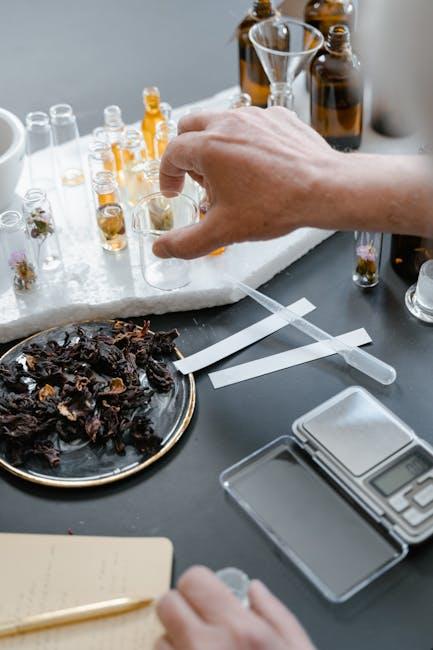
When DIY Goes Awry: Recognizing Red Flags
In the world of DIY beauty, not every hack is as harmless as it seems. Recognizing the signs of a potentially harmful treatment is crucial. Before diving into any at-home beauty remedy, be on the lookout for these red flags:
- Unverified Ingredients: If the hack involves ingredients you’ve never heard of or those not typically associated with skincare, proceed with caution. Natural doesn’t always mean safe.
- Exaggerated Claims: Be skeptical of any DIY solution promising instant results or miraculous transformations. If it sounds too good to be true, it probably is.
- Lack of Scientific Backing: Hacks without any scientific evidence or dermatologist endorsements should be approached with care. Always prioritize methods with proven efficacy.
- Adverse Reactions: Pay attention to any immediate irritation, redness, or discomfort. These are clear indicators that the remedy might not be suitable for your skin.
Remember, while creativity is key in DIY, your skin’s health should always come first.
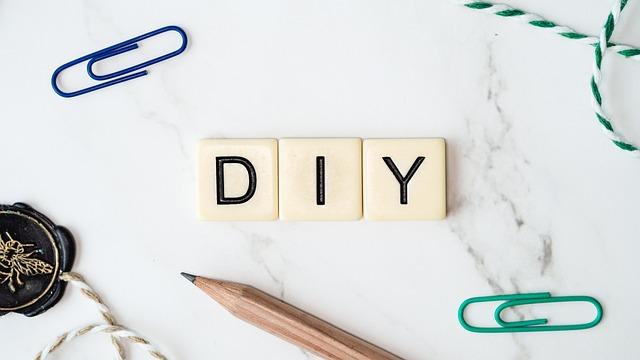
Expert Tips: Safe and Effective At-Home Beauty Practices
When it comes to DIY beauty treatments, a few expert tips can ensure your at-home practices are both safe and effective. Patch testing is crucial. Before applying any homemade concoction to your face, test a small amount on your inner arm to check for any adverse reactions. This simple step can prevent irritation and allergic reactions.
- Natural Ingredients: Opt for ingredients like honey, yogurt, and oatmeal, which are generally safe and beneficial for most skin types.
- Avoid Over-exfoliation: Using sugar scrubs or other abrasive materials too frequently can damage the skin barrier. Limit exfoliation to once or twice a week.
- pH Balance: Maintain the skin’s natural pH by avoiding overly acidic or alkaline substances.
Incorporating these expert tips into your routine can help you enjoy the benefits of DIY beauty hacks while minimizing potential harm. Remember, moderation and mindfulness are key.
